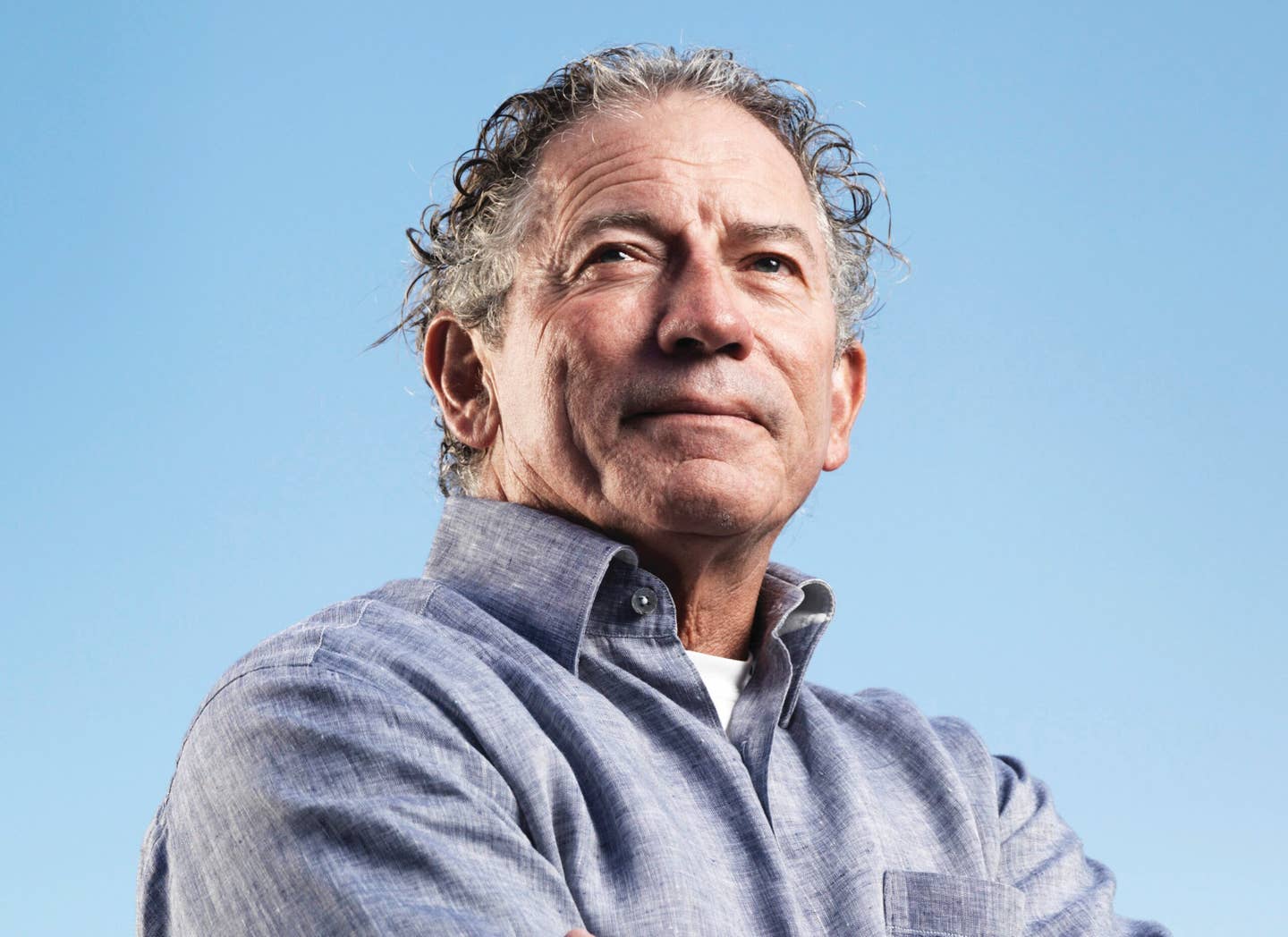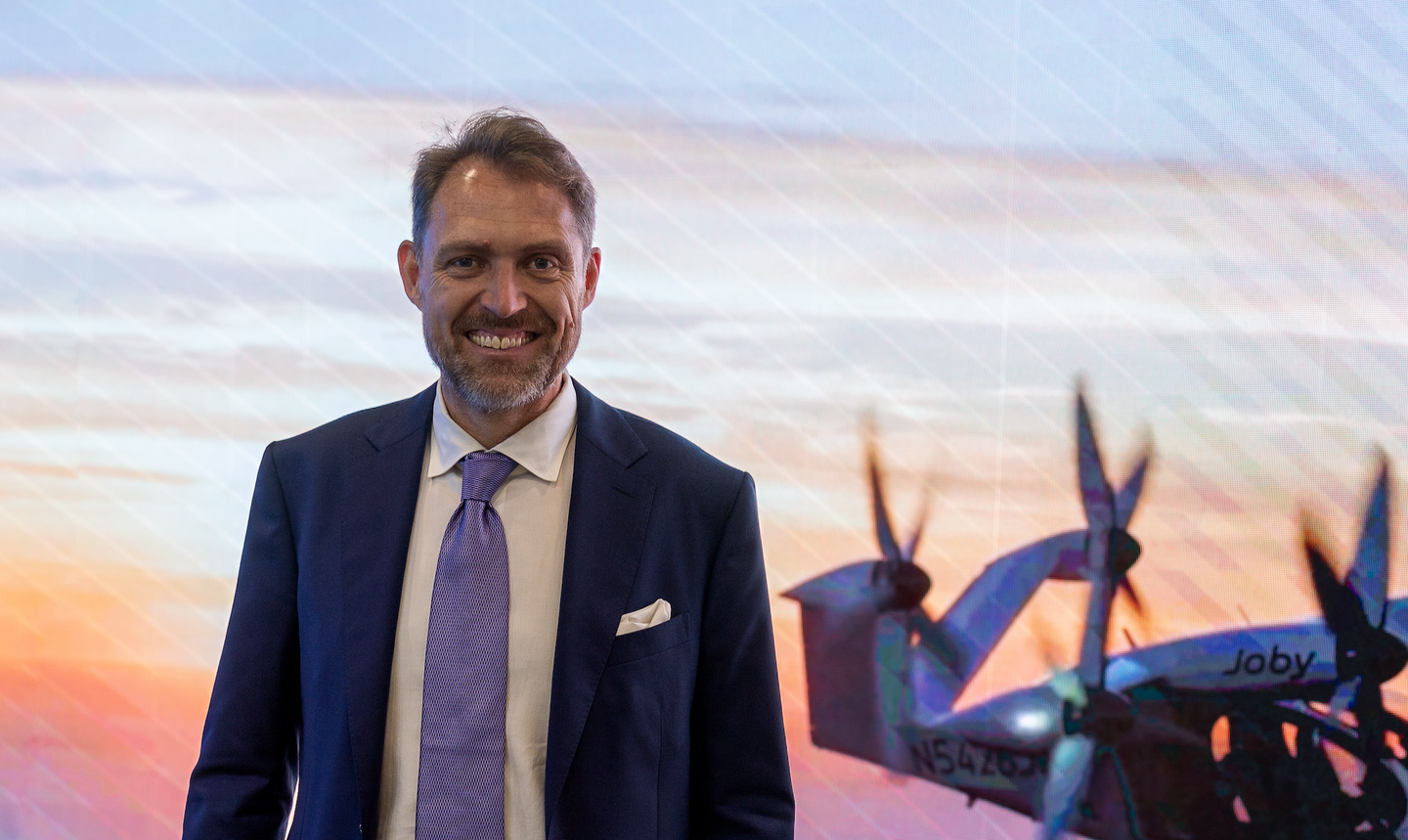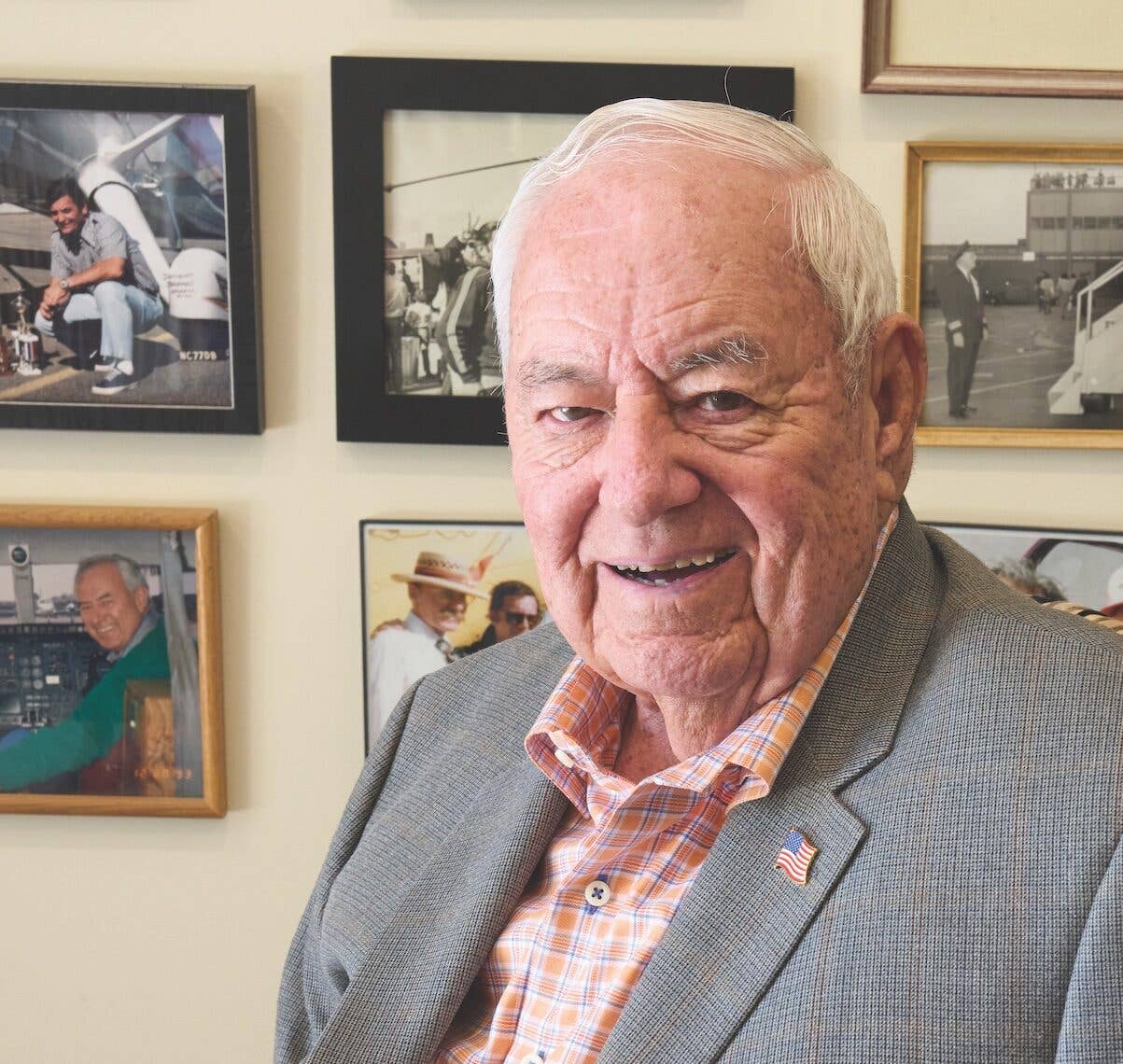
[Credit: Jeff Berlin]
Aerobatic star Sean Tucker knew that he wanted to give back what he had learned from decades of flying. That’s one reason the performer launched Every Kid Can Fly, an after-school program, in 2014 with his son Eric. And starting in January 2016, the Tuckers began the transformation of that program into the Bob Hoover Academy—in honor of Sean’s mentor and aviation legend Robert A. “Bob” Hoover.
If you're not already a subscriber, what are you waiting for? Subscribe today to get the issue as soon as it is released in either Print or Digital formats.
Subscribe NowThe current 501(c)(3) nonprofit organization hosts 22 students, but it holds room for more at its base at the Salinas Municipal Airport (KSNS), south of San Jose, California. In partnership with the Monterey County Office of Education, the BHA is now an approved graduation path for high school students in the county. Though it targets the underserved populations in the community surrounding Salinas, any local student is eligible. Through the program, students work toward a private pilot certificate in a Cessna 152 and Redbird Flight Simulations FMX AATD, and go through ground school based on the Aircraft Owners and Pilots Association’s high school curriculum.
Tucker recently completed his extraordinary solo career in 2019 at the Wings Over Houston airshow. He made full closure by donating his Oracle Challenger III biplane—a custom machine tailored specifically so he could wow audiences with his latest figures. The lucky recipient? The world, really, as it now hangs at the entrance of the Thomas W. Haas We All Fly gallery at the Smithsonian National Air & Space Museum on the Mall in Washington, D.C. With the museum open to anyone, free of charge, the access to inspiration only requires you to visit in person—or online.
We caught up with Sean to connect the dots between his incredible career stunning audiences with his trademark “skydancing”—and to understand why his next act is even more important.
FLYING Magazine (FM): Your own story of becoming a top-tier aerobatic performer didn’t follow a straight path. What lessons from your early days stand out to you?
Sean D. Tucker (SDT): I am the most unlikely candidate to ever be in the Smithsonian Institution. I wasn’t good at anything. I had my uncle in my life until I was about 12, and then I lost my joy until I was about 17 years old. I ran away from home...went to juvenile hall. I didn’t get much joy smoking pot, or being in street fights—but thenI found flying. And the first time I took that airplane up and got above this earth, I had joy again.
My first airshow, I was 24 years old. My problem was that I was in a big hurry. And I didn’t have any mentors. My first crop dusting job [ended when I ground looped the airplane]. I remember hanging there, by the straps, and the gas is going onto the engine and just burning. I lost it.
And I didn’t give up on being dumb. [I was scraping a living to perform in airshows]. I was getting paid $500 to do the show—in 1970, I was already married, and not making a lot of dough, so 500 bucks to make the airplane payment was huge. I told the guy I could do 32 inverted flat spins. I failed to recover from the spin, and I lost my dream. When I finally got out of the airplane I was below 1,000 feet, my parachute opened when I was maybe 200 feet above the ground, and I saw where my body was going to be, and that was it. Here I am, a total failure as an airshow pilot, barely making a living as a crop duster, I’m married, I’ve got a wife who’s been believing in me, and it’s all about me. And I had to stop.
I found mentors who helped me realign with my real purpose. I paid $32,000 for [the next airplane] and I wasn’t going to screw that up, so I found mentors. Charlie Hilliard. Wayne Handley. I joined the IAC [International Aerobatic Club]. Went to about 14 amateur contests. Became the national champion in the advanced category—with that mission alone, to get that trophy, to set my providence. Because I accepted my responsibility and what it means to be an airshow performer—if I hurt myself I traumatize that audience, and if I kill myself, I ruin kids’ dreams.
FM: You made the decision to step away from solo performance after the 2018 season. What triggered that?
SDT: [Flying in an airshow], it’s the Indianapolis 500, it’s the Fourth of July all rolled into one, and they’re there all day with their families, celebrating freedom and watching us fly. We inspire them, we thrill them, we educate those people. [However,] we don’t have a normal day...we don’t have a normal life.
I needed to finish this journey because my gut told me it was finished. I really never had—in all the years I was performing in the arena—a close call because of the wayI train now and the mentors I had. Flying that airplane 500 times a year, 20 minutes at a time. To learn that airplane, doing three a day, to be ready so that when I’m in front of the audience, I’m at my level best. I know that airplane from the bottom of my heart. And it’s all right—until it goes wrong. [After 42 years of an airshow career], I love the practice; I love getting into the arena. If I didn’t have something to look forward to as a skydancer, I would be so depressed. I’m finishing my solo career so I can start another, and that really excites me.
FM: One of your mentors was legendary pilot R.A. “Bob” Hoover. How did he inspire the Bob Hoover Academy?
SDT: The men and women in this business really do care; they honor that privilege. Any time we hurt ourselves, it takes away somebody’s dream. All the years in the arena, I never had a close call because of the mentors I had—like Bob. We strive to incorporate Bob’s character traits into the academy and with our students: commitment to excellence, tenacity and grit, humility, reverence (for opportunity, for aviation, for life, for humanity), optimism, education, service, and patriotism. A few months before his passing, we asked Bob if we could rename the academy in his honor.



FM: Tell me the origin story of the BHA, and why it’s so powerful in the lives of these young people.
SDT: At the time when we started this project, [Salinas was] equal to Chicago in kid-on-kid deaths; gangland shootings. Every Kid Can Fly was born with an initial offering of flight training for students at Rancho Cielo (an alternative high school program). The time available after school was limited, so a revolutionary administrator at Monterey County Office of Education (MCOE) stepped in to form a transportation-pathway, diploma-earning high school classroom in January 2016. The results—the transformation in kids’ lives—speak for themselves. “My struggles, they do not define me, they make me stronger. Someone believed in me, and taught me to fly.” That’s from Manny, whose brother was murdered. Another student, Diego, wouldn’t look you in Jeff Berlin (all) the eyes. Now he’s a Marine Corps drill instructor.
FM: What is your greatest achievement so far with the BHA?
SDT: To honor my mentors who took me under their wings. [I took aerobatic instruction from] Amelia Reid—I had about 50 hours of flight time in the early 70s, and I was scared to death of banking an airplane too steeply. I was scared to death of stalling an airplane. I would panic at the controls. When you panicat anything, it becomes a self-fulfilling prophecy. She opened the door for me and gave me a 10-hour aerobatic course, and that was it. I had a purpose. I got to live on the Z-axis. Now we have our own high school, our own campus. See all the adults at the academy? All those adults are putting time in and believing in these kids. Igot Bob Hoover looking at my kids. All God wants us to do is leave this world a better place.
FM: How do you see the BHA serving the local community, and how does it work for the kids who get involved, in their lives? How can you broaden its reach?
SDT: I’ve worked 10 years with this public/private partnership, getting students to the point where they can fly—just because the instructor says they can fly, we have a process to ensure they’re ready. I have another volunteer instructor fly with the student, then they go fly with me, and I’m just using all my experience as an airshow evaluator. Remember, these are children, and children’s brains aren’t developed [completely], but these children have some significant milestones they have to get over just to become ready to solo, where your nephew, or your son, or your friend have loving parents, and they can speak about their fears.
Currently, our enrollment is at 22 full-time students, and our capacity for the campus is 40 students. The curriculum is getting them to graduate from high school on an alternative education level, so they don’t thrive academically. They’re smart, they just don’t have the tools, and we’re starting to give them those tools. These are significant baby steps [for children from disadvantaged backgrounds]. And when we mesh the two kids together—kids from loving families, kids that have struggling families—I think it’s going to change the whole equation. And then we can take the template nationwide.
FM: Can you share with us a couple of the gems that Bob Hoover passed on to you?
SDT: ‘Sean, you keep flying that low and that slow, and you’re gonna bust your buttons,’ Bob Hoover once told me. I did not fly that particular maneuver that low or that slow again. Bob Hoover told me a long time ago, ‘Sean, you fly it as far into the wreck as you can—and miss the trees.’ So I can credit Bob with that one, too.
Quick 6
Who’s the one person living or dead that you would most like to fly with? Leo Loudenslager
If you could fly any aircraft that you have not yet flown, what would that be? Lancair Legacy
What is one airport you love to fly into? My favorite airshow venue and airport is Sussex, New Jersey.
What do you believe has been aviation’s biggest breakthrough event or innovation? The industry’s commitment to safety
What was your favorite airplane to perform in? The Oracle Challenger III, now upside down at the NASM
When not flying, I’d rather be...I love hiking big, beautiful mountains around the world.
This article was originally published in the March 2023 Issue 935 of FLYING.

Sign-up for newsletters & special offers!
Get the latest FLYING stories & special offers delivered directly to your inbox







